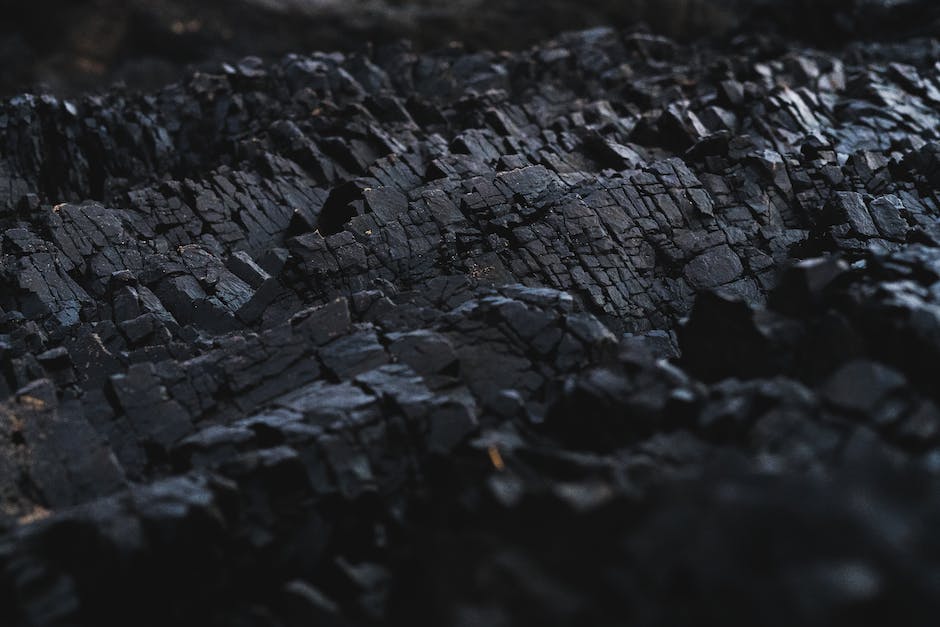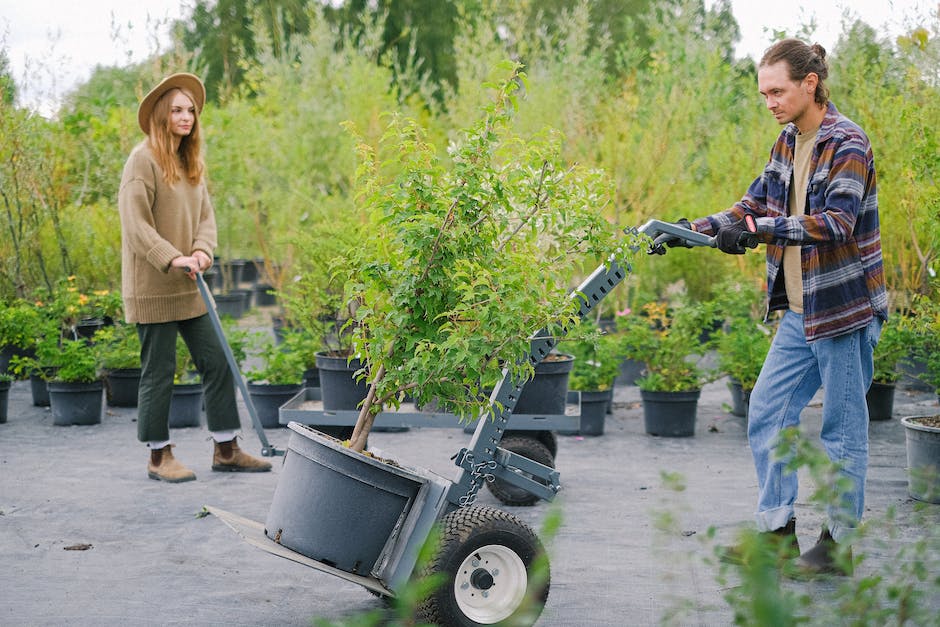Indoor cultivation is a growing trend. In fact, it is estimated that the majority of cannabis consumers who do not want to consume out in the sunlight can easily access their cannabis at home by using indoor cultivation.
With the increase in popularity of indoor cultivation, it is important to keep up with technology. By using virtual reality software and games as well as computer-based software, you will be able to stay up to date with your cultivation.
Some parts of the country are already looking into ways to limit the carbon footprint of home cultivation. Green Generation Corporation, a national leader in sustainable indoor gardening technology, recently hosted a conference on this topic in San Francisco.
This article will go over some ways that you can limit your footprint when working with plants at home.
Understand the different cultivation methods
There are two main ways to grow cannabis, in the natural way and in the industrial way.
The different methods have their own carbon footprint. The total footprint of all cultivation methods is higher than non-cannabis growing methods, due to mandatory use of pesticides and better management of the space needed for cultivation.
In addition, some states require more regulation of indoor cannabis cultivation than others. As a general rule, states that have more issues associated with marijuana legislation are more likely to use either natural or outdoor methods, respectively.
This article is not intended as a how-to on how to start growing cannabis or an overview of all the different plants, equipment, and techniques used for cultivation. It is instead aimed at addressing the concerns surrounding the indoor carbon footprint of cannabis production.
Use of artificial lighting

In theory, using a lot of lighting for indoor cultivation is concerning the environment. As growers use more lights to grow their plants, more electricity is consumed to maintain them.
However, research shows that less energy is used to maintain plants under artificial lighting than outdoor plants. This may be due to greater plant stress under lighting, which can increase water usage.
This can be offset with regular watering but what if there was a way to control water usage without changes to planting or irrigation methods?
By using light-emitting devices (LEDs) for cultivation, less need be spent on wetting and installing equipment. This may offset concerns about exposure to the sun’s rays on the plant’s leaves.
The average cannabis plant requires 200–250 watts of power in order to grow its leaves and create humidity in the air around it.
Switch to natural lighting

As described above, lighting a room with natural light is important for optimal air circulation and temperature control.
Unfortunately, this does not always happen in every home. Many ceilings are painted rather dark brown or black, which do not offer enough lightness to the space.
If you do decide to grow plants in your home, then choosing a plant that is fairly short and tendrils-free is important. If you have long-term plants such as candles or dried flowers, they should be moved to a vase-like format so they are more exposure to the sunlight.
Ensure proper ventilation

Indoor cannabis cultivation has become more popular as regulations continue to evolve. However, there are still some tips and tricks that can help save space in your cultivation setup.
The most important thing when trying to reduce the carbon footprint of your indoor cannabis cultivation is ensuring sufficient ventilation. Many people do not account for proper air flow when organizing their indoor cannabis cultivation.
Too much air flow will result in heavy humidity and growth potential being sucked away. Conversely, too little air flow will result in inefficient drying and eventual failure of the plants.
It is important to note that ventilation is not just about opening a window or moving a windows unit. It is also about choosing an adequate term like “vault” or “spire” type of spaces where plants can be exposed to light, trace amounts of oxygen, and enough airflow.
Reduce waste by recycling materials

Because cannabis grows best in poor soil, it is important to address the quality of the area in which it is grown.
Because cannabis has a short shelf life, it is best to start new crops in clean soil and avoid prolonged dryness or heat treatment.
To reduce waste generation, use pot plants for only two months of a crop and store the rest in plastic wrap or cellophane until needed.
By investing in proper cultivation practices and recycling materials, you can limit damage to the environment from your cannabis cultivation.
These tips can help you stay healthy and on track with your cultivation, reducing waste and creating a climate-controlled environment for your plants to grow.
Use energy-efficient equipment

When building a cannabis cultivation space, the general rule is to use the least expensive tool for the job. This can be hard to avoid when going green-certified.
When purchasing construction equipment such as routers or planers, it is best to pay for a full set instead of just some tools. Even with this full set, there are still ways to save money.
When buying power tools, they should always be brand new and unused. Old power tools may have defects that could cause them to overheat and break down over time. If they do not need to be replaced in year, then they can keep them!
Finally, when building anything with wood, it is always best to go green-certified wood.
Consider outdoor cultivation options

There are several alternatives to growing your cannabis in the open. The first is to grow your plant in a greenhouse. A greenhouse is a large, closed space where plants are maintained and growth is monitored.
A greenhouse can have significant carbon footprints, due to the energy required to maintain it and ensure sufficient light reaches the plants. However, as popularity for greenhouses increases, more people are discovering the limitations of this solution and developing creative alternatives.
Some people use canvas tarpaulins or other lightweight materials to create hydroponic gardens that can be sealed in a climate-controlled environment. These are beautiful and unique pieces of art that display what the person was trying to convey with their cultivation style.
There are also specialized shops where you can go that administer seeds and facilities for small-scale greenhouses.
Choose the right strains for low-light conditions

All grow lighting has one main goal: to produce enough light for the plant to thrive.
However, there are some differences in how lights are produced light and how much light the plants receive.
Some lights produce more light than others, and thus, receive a higher amount of leaves. This amount of lights is known as more-light cultivation.
More-light cultivation is considered better quality growth, since the plants are likely to be more luxuriant in appearance. People who more-light cultivate often use higher wattage grow lights, which cost them more money per month to maintain.
Because of this, less-wealthy people may have less-quality growth, which can be detrimental to health and quality of life for their patients.


